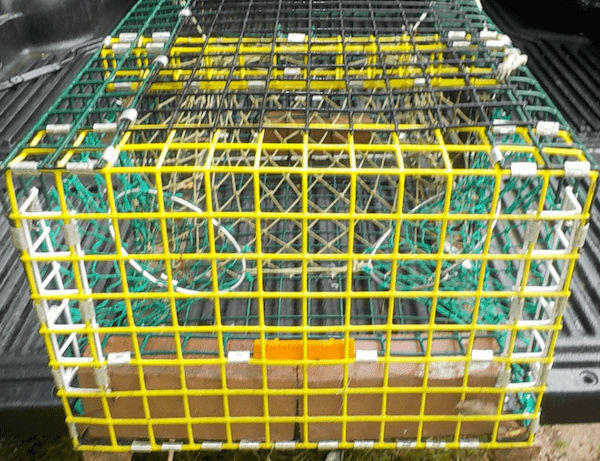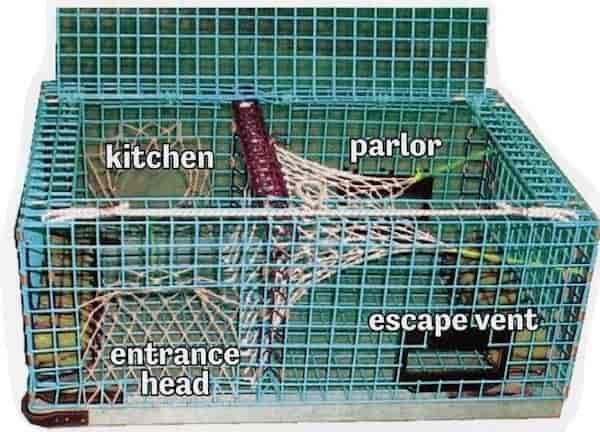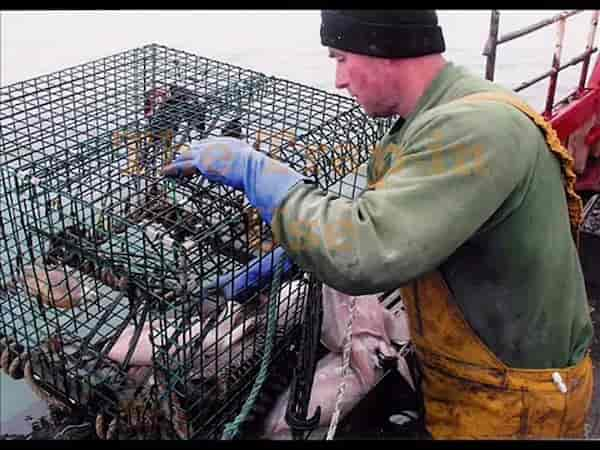Lobster Trap
The trap can consist of a wood frame surrounded by mesh. The majority of the newer traps found in the Northeast of the US and the Canadian Maritimes consist of a plastic-coated metal frame. A piece of bait, often fish or chum, is placed inside the trap, and the traps are dropped onto the sea floor. A long rope is attached to each trap, at the end of which is a plastic or styrofoam buoy that bears the owner's license number. The entrances to the traps are designed to be one-way entrances only. The traps are checked every other day by the fisherman and rebaited if necessary.
Cn-Gabion can supply the raw materials of welded mesh in colors, or build the traps according to customer's specifications.
The trap can consist of a wood frame surrounded by mesh. The majority of the newer traps found in the Northeast of the US and the Canadian Maritimes consist of a plastic-coated metal frame. A piece of bait, often fish or chum, is placed inside the trap, and the traps are dropped onto the sea floor. A long rope is attached to each trap, at the end of which is a plastic or styrofoam buoy that bears the owner's license number. The entrances to the traps are designed to be one-way entrances only. The traps are checked every other day by the fisherman and rebaited if necessary.





 carl_gao@live.cn
carl_gao@live.cn